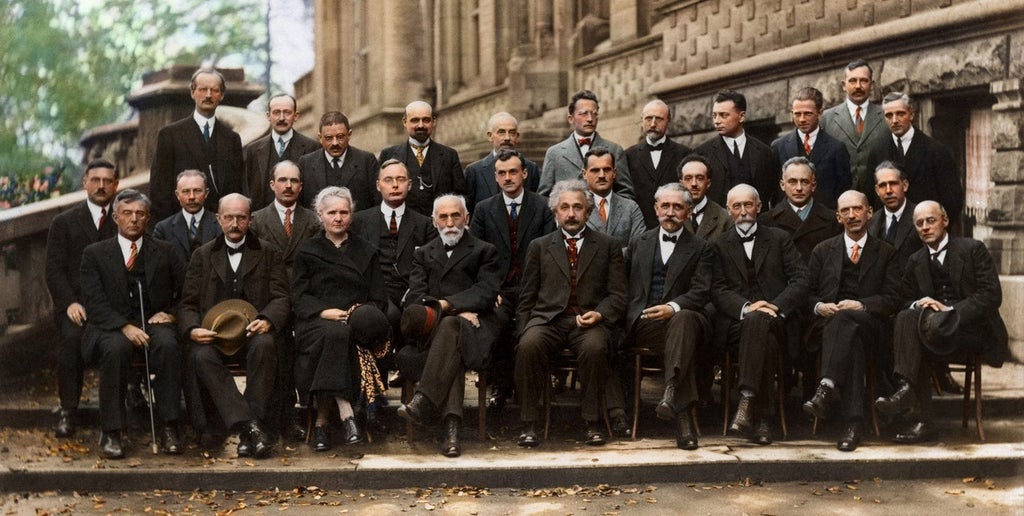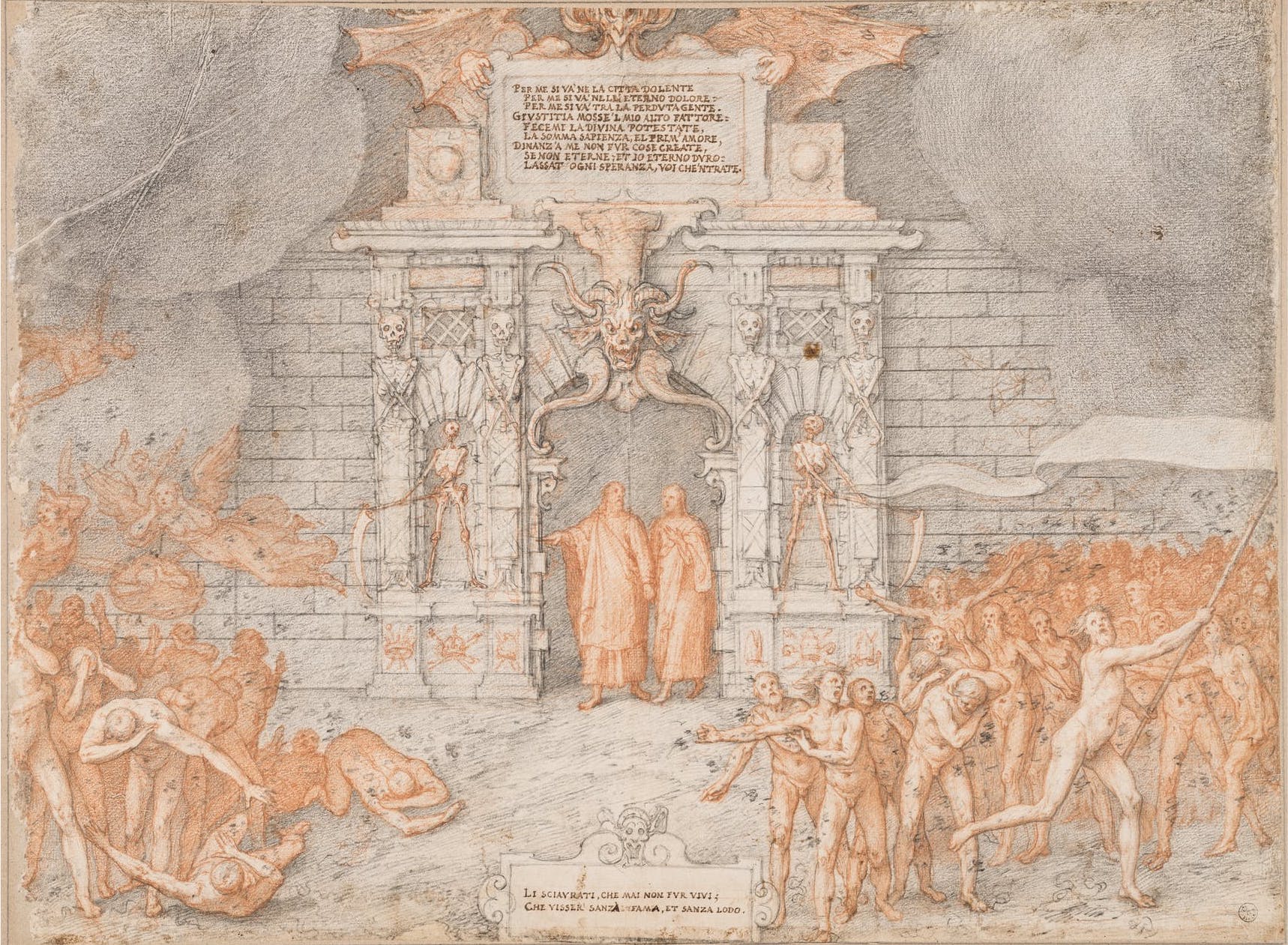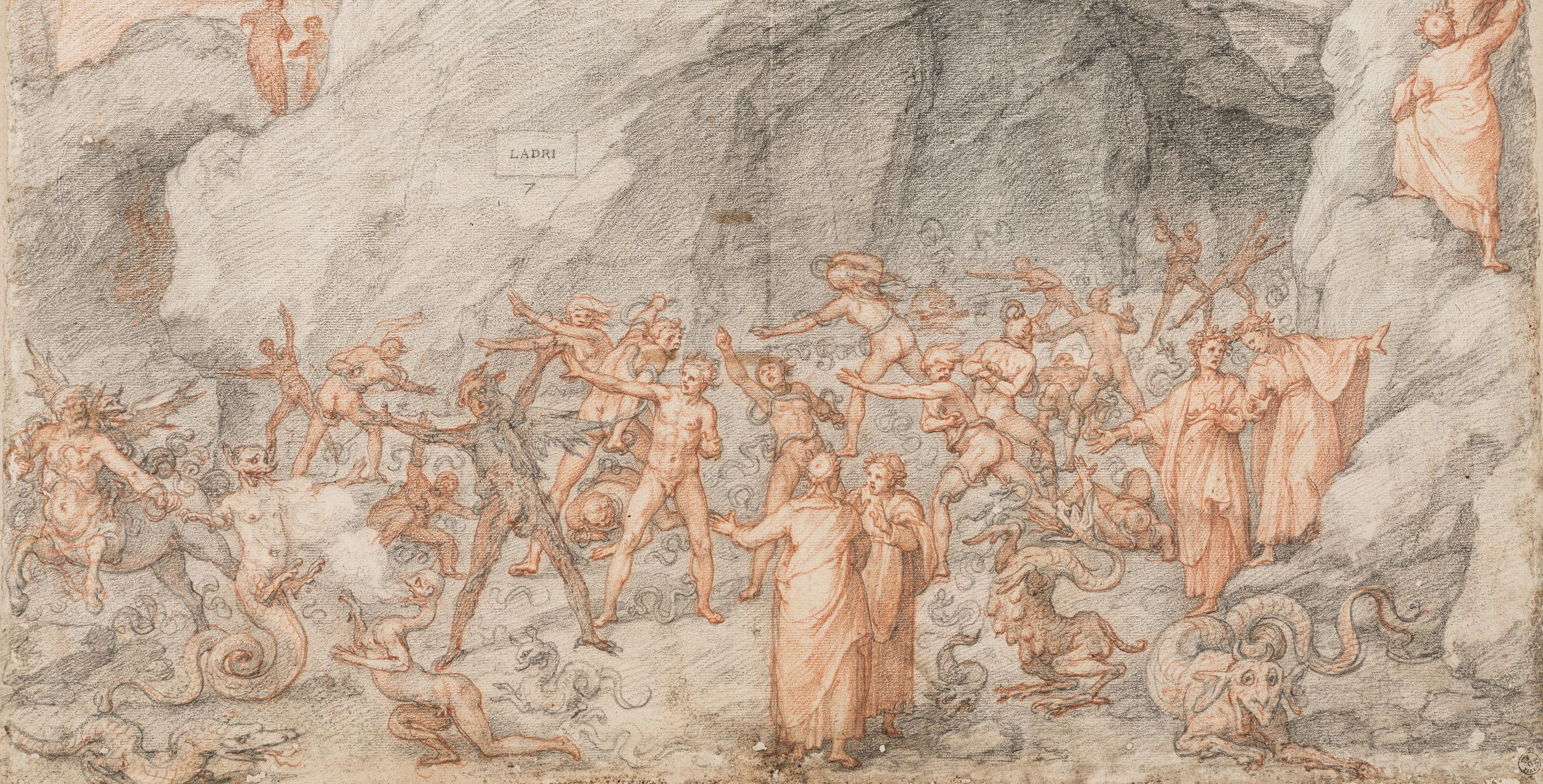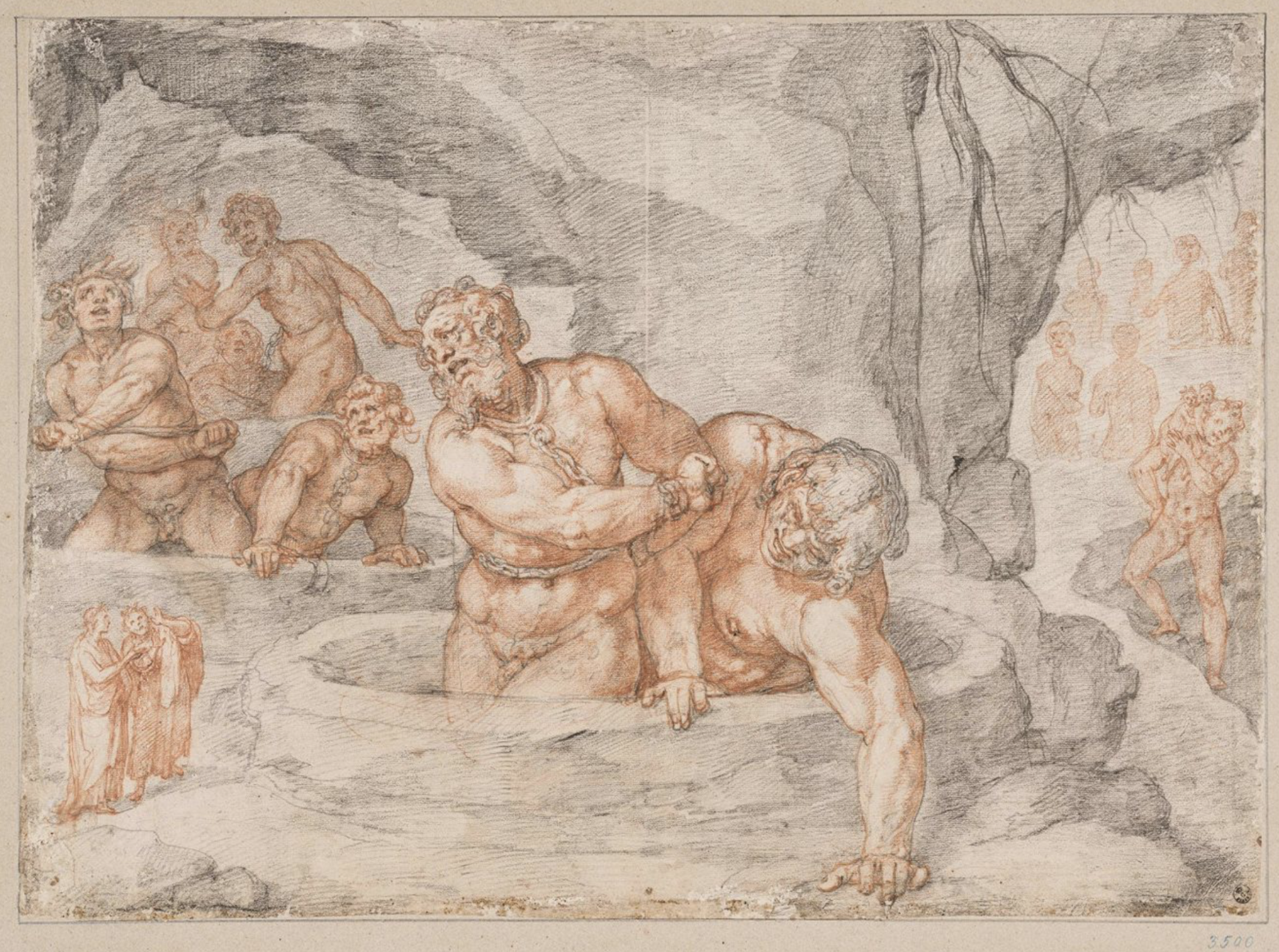Quentin Tarantino has never shied away from talking, at length and at a rapid clip, about his process. “In another life,” Colin Marshall writes in a previous post on the subject, he might have become a “foremost practitioner” of the video essay on cinema. His meticulous analyses of not only his own films but also the hundreds he references–or outright steals from–can be dizzying, the ravings of an overactive creative mind that seems impossible to rein in.
Tarantino has also given us significant insight into his screenwriting process, saying “I was put on Earth to face the blank page” and claiming that he watches the entire film in his mind’s eye before putting pen to paper. He wrote Pulp Fiction “off and on,” Mark Seal notes at Vanity Fair, “in a one-room apartment with no phone or fax” in Amsterdam. Then he sought out veteran Hollywood typist Linda Chen, who agreed to type, and edit, the manuscript for free.
“His handwriting is atrocious,” says Chen. “He’s a functional illiterate. I was averaging about 9,000 grammatical errors per page. After I would correct them, he would try to put back the errors, because he liked them.”
As a writer, Tarantino’s quirks don’t actually seem out of place. As a director, his process would not seem to lend itself to the most disciplined production. The final product of that error-ridden script, however, became what Roger Ebert called “the most influential” movie of the 90s, “so well written in a scruffy, fanzine way that you want to rub noses in it—the noses of those zombie writers who take ‘screenwriting’ classes that teach them the formulas for ‘hit films.’” Of course, great writing is an indispensable part of making a great film, but so too is great filmmaking.…
How did Tarantino go from feverishly hand-scribbled script to a “most influential” film as a director? He has worked within strict limitations, as on his directorial debut, Reservoir Dogs, with larger budgets and better sets, as on Pulp Fiction, and on his most recent film, the $95 million Once Upon a Time in Hollywood. But he has always maintained a consistent visual style easily recognizable across all nine of his films.
In the video essay above from In Depth Cine, you can learn more of the story of how Tarantino accomplished his directorial visions, and how that style followed him from film to film. The video gets into technical details like the choice of 35mm cameras and the lighting placement. It also tells the story of how three films—Reservoir Dogs, Pulp Fiction, and Once Upon a Time in Hollywood—used their vastly different budget levels, while all remaining true to each other and to their writer and director’s intentions.
Related Content:
An Analysis of Quentin Tarantino’s Films Narrated (Mostly) by Quentin Tarantino
Quentin Tarantino Explains How to Write & Direct Movies
Josh Jones is a writer and musician based in Durham, NC. Follow him at @jdmagness












